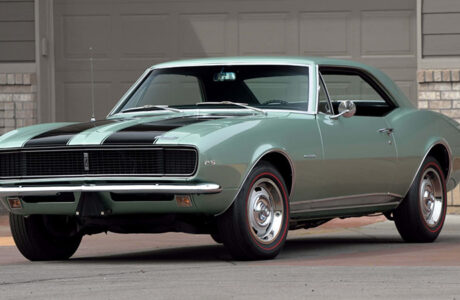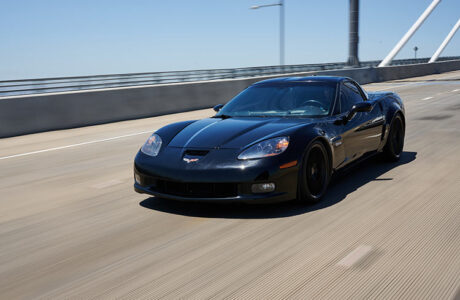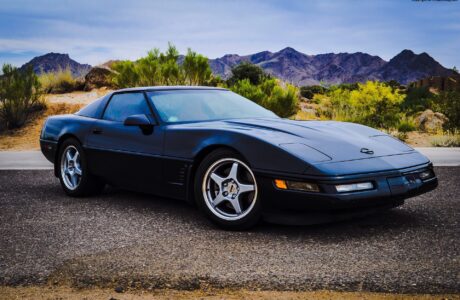The Legend of the C5: The 1997–2004 Corvette
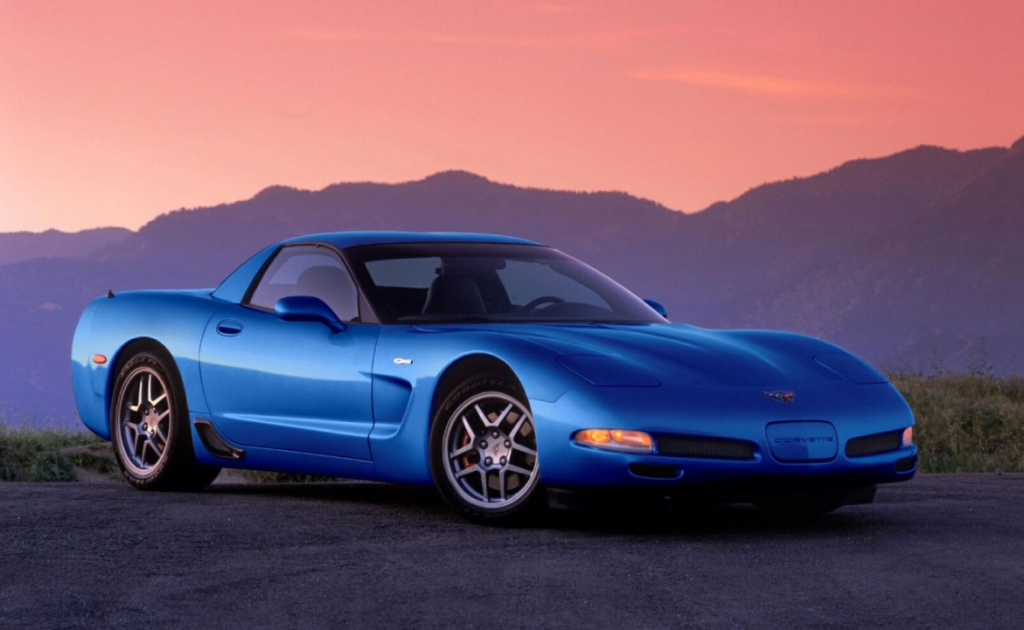
In 1997, Chevy made a break from the previous generation, the C4, with a new Corvette redesigned from the inside out. The exciting C5 was a beautiful and powerful Corvette that would become a legend and pave the way for more powerful Corvettes.
The first C5 came standard with a 4-speed automatic transmission, and there was an available 6-speed manual tranny. It delivered on style, sophistication and performance. The curvy redesign was teamed with a new engine that was lighter than the one it had replaced, while producing more horsepower. The new C5 was able to go from 0-60 in 4.7 seconds.



The 1997 Corvette was sleek, beautiful and a sign of great things to come for the C5 and for drivers looking for a true sports car. Many fans said it was the most exciting model since the first Corvette was introduced in 1953. Still, sales were low, 9,700 total, but production was low as well. Chevy was gearing up for more exciting things to come. In fact, there wasn’t even a Corvette C5 convertible in 1997. That would arrive the next year.
The 1997 Corvette set a new standard for high-performance automobiles, and much of that came from reengineering and innovations that set a new standard.
A firmer, solid ride.
At the heart of the new design was a new frame that was stiffer and firmer than ever before. It was also lighter than any previous Corvette because Chevy formed the frame’s rails using a radical new process called hydroforming, using pressurized water to shape the rails instead of heat. The result was a frame that was estimated to be four times stiffer than that of previous models, delivering a sturdier, rattle- and shake-free ride. The firmer frame was one of the reasons the C5 was destined to become a high-performance sports car.
To master the road on the redesigned chassis, Chevy put 17-inch wheels in the front and 18-inch wheels in back, with run-flat tires.
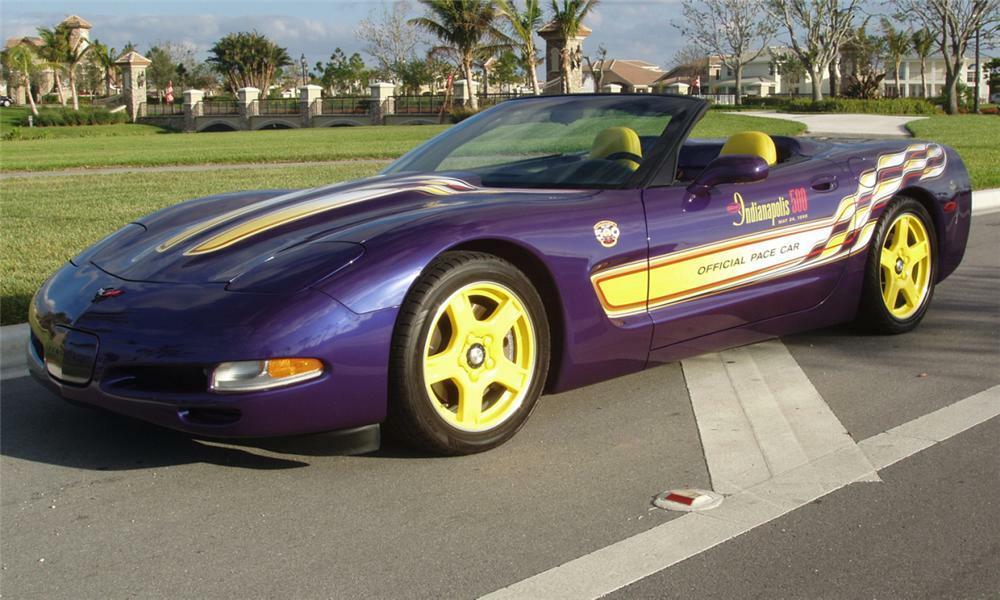
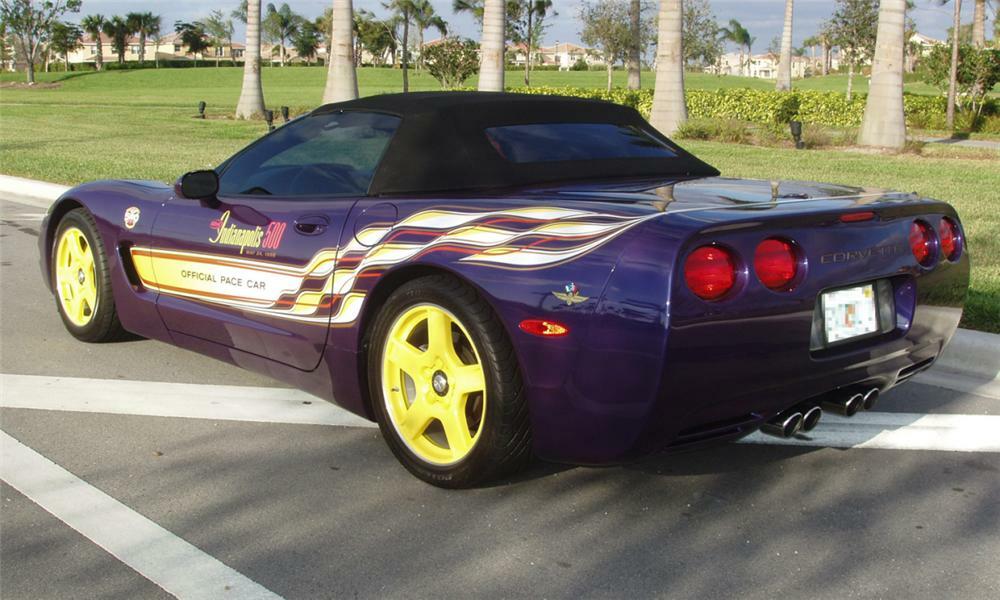
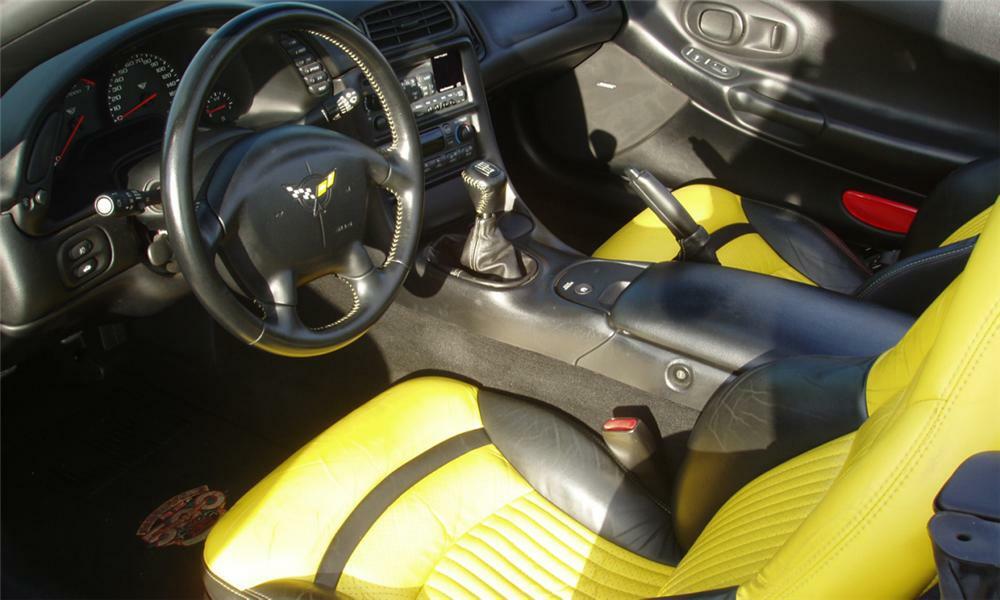
A question of balance.
The C5 was perhaps the most balanced Corvette there was, front to back. That came about with a new mid-mounted transmission, fitted right ahead of the differential, which resulted in an almost perfect front-rear balance.
A new engine: The LS1.
With the fifth-gen Corvette, Chevy introduced a redesign of the small-block V8―the all-aluminum LS1 V8, which is considered one of the best engines of its time. This new engine contributed to the overall lightness of the C5, and its size allowed Corvette designers to achieve a lower hood line, delivering better driver visibility and a tighter turning circle.
The ’97 Corvette with the LS1 could go from zero to 60 in 4.6 seconds. The LS1 small-block aluminum V8 was near perfection, balancing horsepower, fuel efficiency, torque and durability. The unique engine design delivered power and performance, while a unique camshaft design contributed to a lower mass that helped to deliver a 10:1:1 compression ratio for maximum power. The new engine featured a lightweight composite intake manifold for improved airflow, along with state-of-the-art fuel injection.
The LS1 was a 5.7-liter engine delivering 345 horsepower at 5600 rpm and 350 lb.-ft. of torque at 4400 rpm. It was the most powerful production small-block V8 in Corvette history.
1999: The FRC and the start of something special.




In 1999, Chevy rolled out a version of the C5 that they envisioned as a basic Corvette. This iteration didn’t have any lift-off roof panels, nor a rear hatch. It was essentially a convertible fashioned with a firmly bolted-on fixed roof. Chevy called the option the FRC, which stood for Fixed-Roof Coupe. Not a hardtop in the truest sense, but close enough.
The FRC Corvette model came with a six-speed manual transmission and was modified with Chevy’s own Z51 Performance Handling Package. The car was stripped down here and there, which took off another 80 pounds. Chevy hoped this “value model” would draw in new buyers. However, the fixed-roof hardtop ultimately delivered some surprise benefits that turned out to be something special: For one, it came in at a lower weight, and the fixed roof added to the car’s overall “rigidity.” It didn’t sell nearly as well as the convertible or the best-selling coupe.
Then, Chevy engineers had some ideas for what they could do with the “basic” Corvette model.
2001: The birth of the Z06.
In 2001, Chevy engineers and designers took advantage of what they had and assembled a special C5, creating the ultimate performance Corvette—the Z06, named in honor of the high-performance “racing” package first introduced in the 1963 Corvette for the second generation of Corvettes.
For starters, the Corvette team dropped in their new 385-hp LS6 V8 engine for maximum power. The LS6 engine, teamed with the stiffer suspension, provided a powerful, road-gripping drive. The Z06 could go from 0-60 in just over four seconds.
On the outside, they added brake ducts in the rear fenders, front-fender callouts and wider twin-spoke wheels. Best of all, the first Z06 came in at about the cost of a Corvette convertible.
The 2002 Z06.
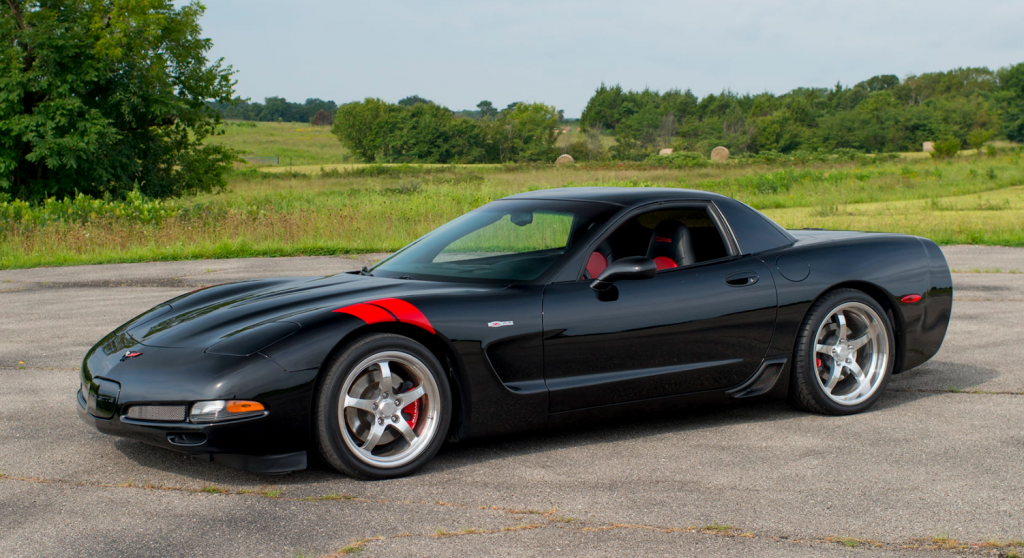
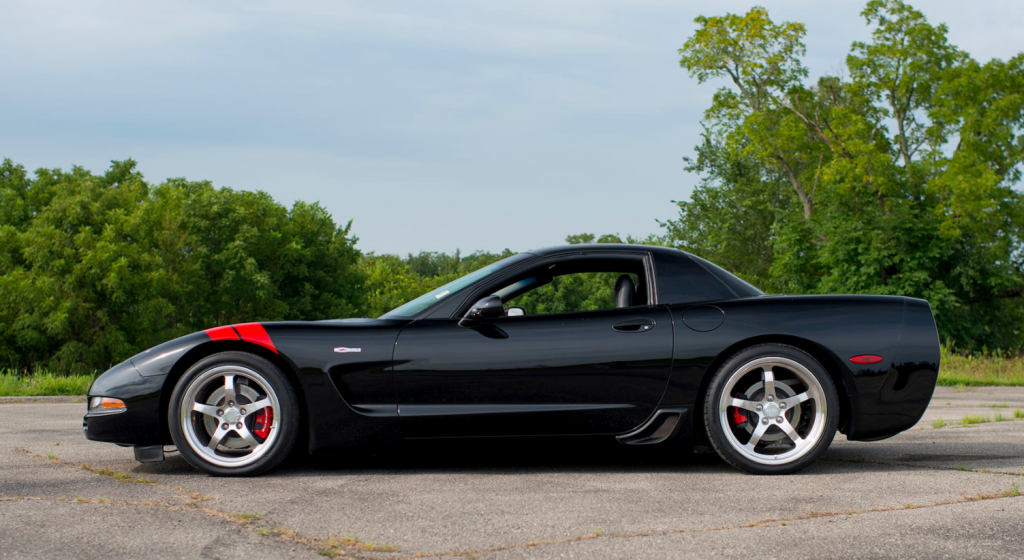
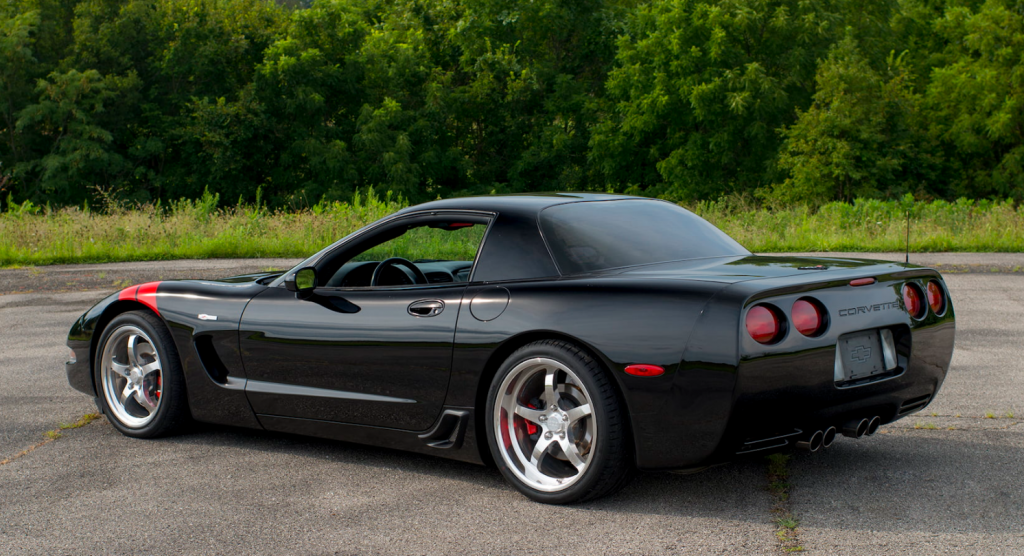

In 2002, the Z06 featured advanced suspension, a titanium exhaust, greater horsepower and a bigger price tag. It was the highest-priced model in the ’02 Corvette lineup, crossing the $50,000 mark. It was blazing-fast too, clocking in at right around four seconds at 0-60 mph and handling the quarter mile in 12.8 seconds. And it sold well. Of the nearly 38,000 Vettes produced in 2002, 8,300 were the Z06s. The Z06 came in at 405 horsepower, and a “Z06 405 HP” badge on the front fender told other drives you were in a 2002.
The 50th Anniversary Corvette: Happy birthday.
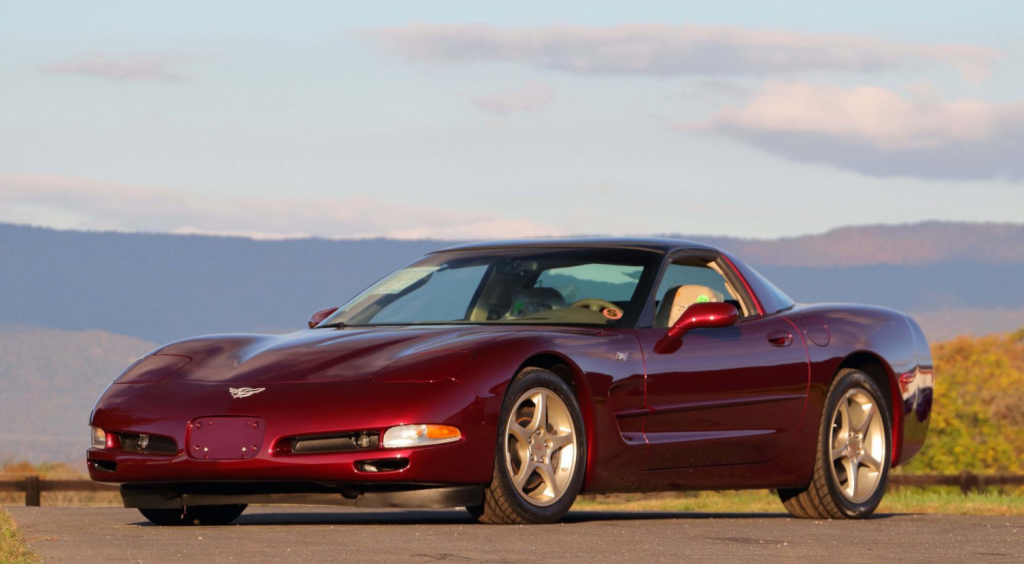
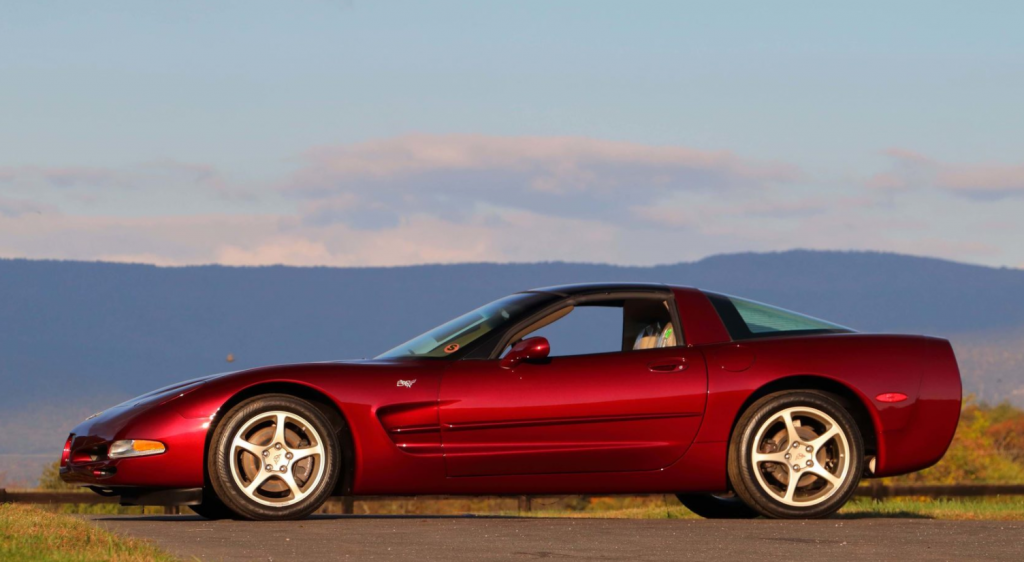

The year 2003 marked the 50th anniversary of the Corvette, and Chevrolet delivered a magnificent tribute in a special commemorative package—one that added $5,000 to the price tag.
This special C5 was painted “Anniversary Red” and featured gold-tinted wheels. It was emblazoned on the outside with special emblems, with two-tone beige interior. The dash wasn’t black—instead, a darker taupe. The 50th Anniversary Package was ordered on 30 percent of Corvettes coupes sold that year, and 54 percent of convertibles. Convertibles outsold coupes for the first time since 1968…35 years earlier.
Even before the 2003 Corvette was made available to the public, it was chosen to the be pace care for the 2002 Indianapolis 500.
Road & Track magazine has called the C5 “arguably the greatest performance car on the market.” If you can get your hands on one, especially a Z06, you’ve got a spirited sports car without the high price tag of an expensive newer model.
Thinking about upgrading your C5’s ride?
Aldan American Has Adjustable C5 & C6 Coilover Kits:
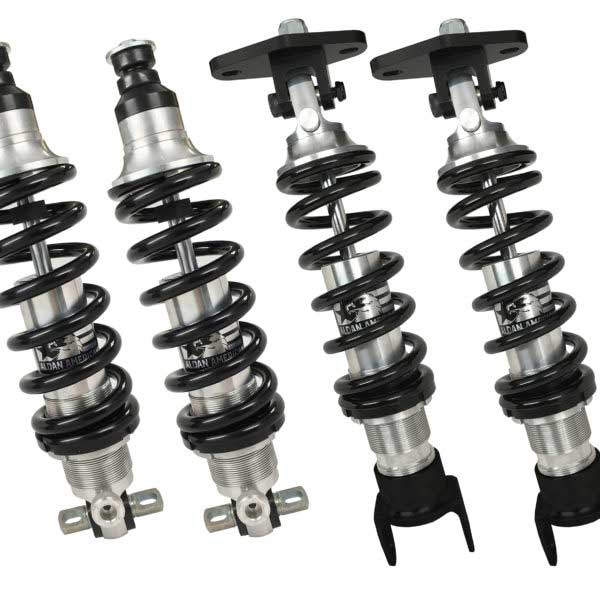
Sources: “Corvette.” Publications International Limited, 2016; hagerty.com/media/market-trends/5-special-c5-corvette-features; en.wikipedia.org/wiki/Chevrolet_Corvette, and wiki/Chevrolet_Corvette_C5.
Main Feature Photo Credit: www.drivingline.com

